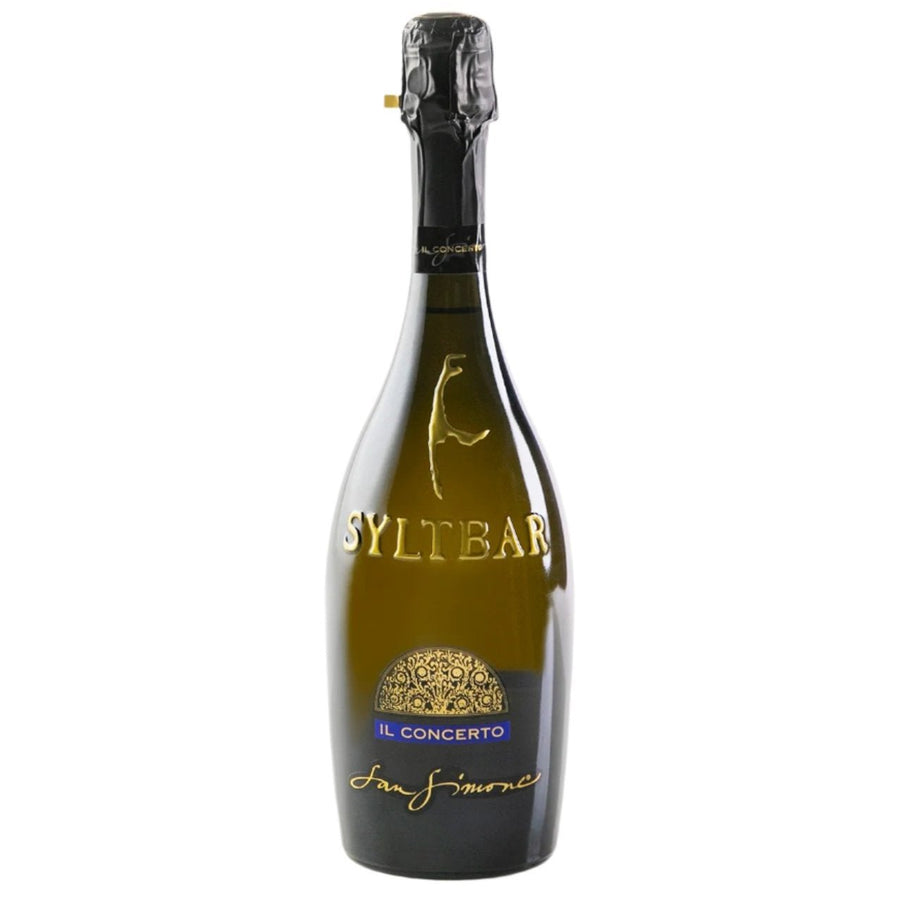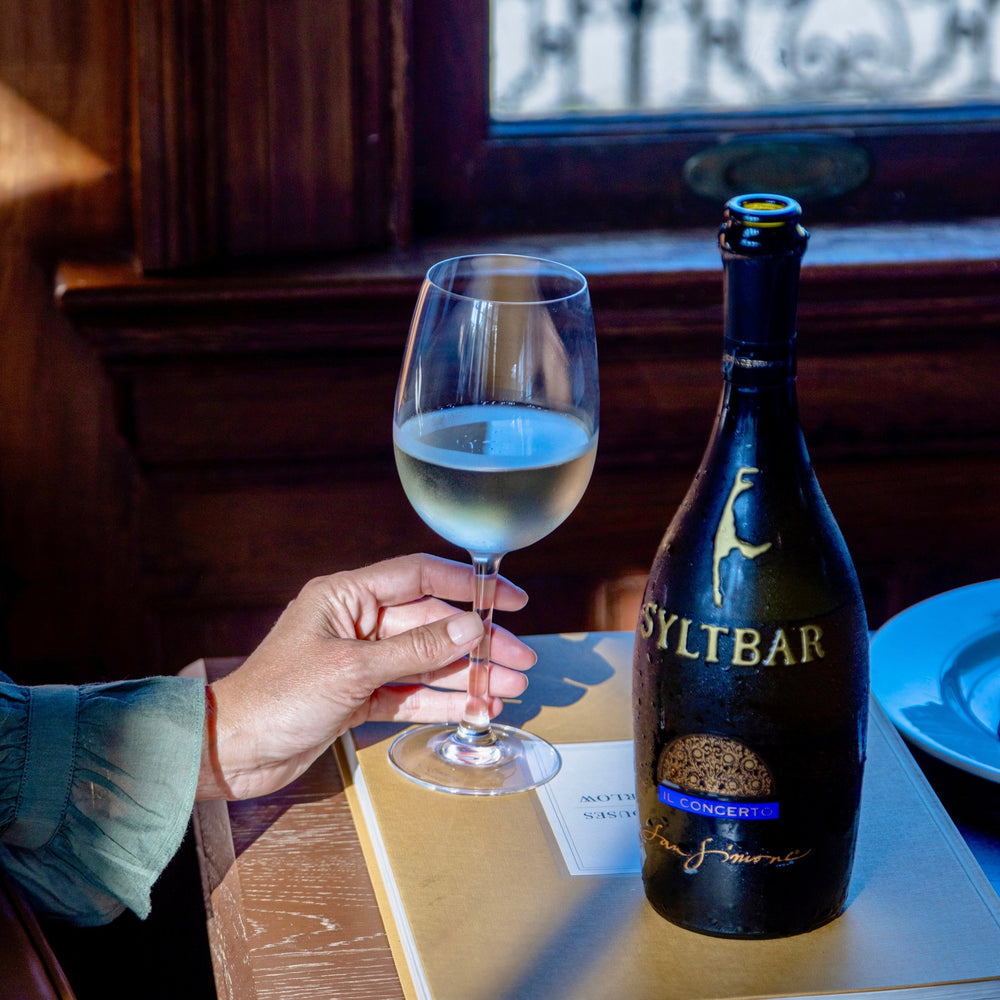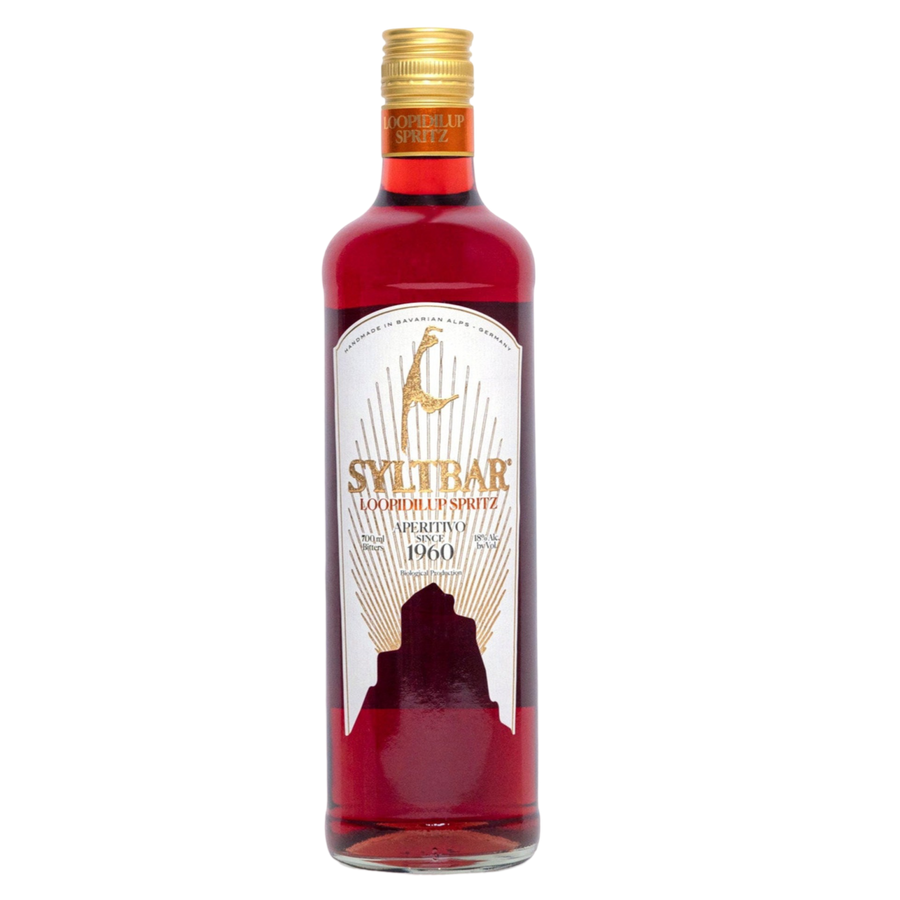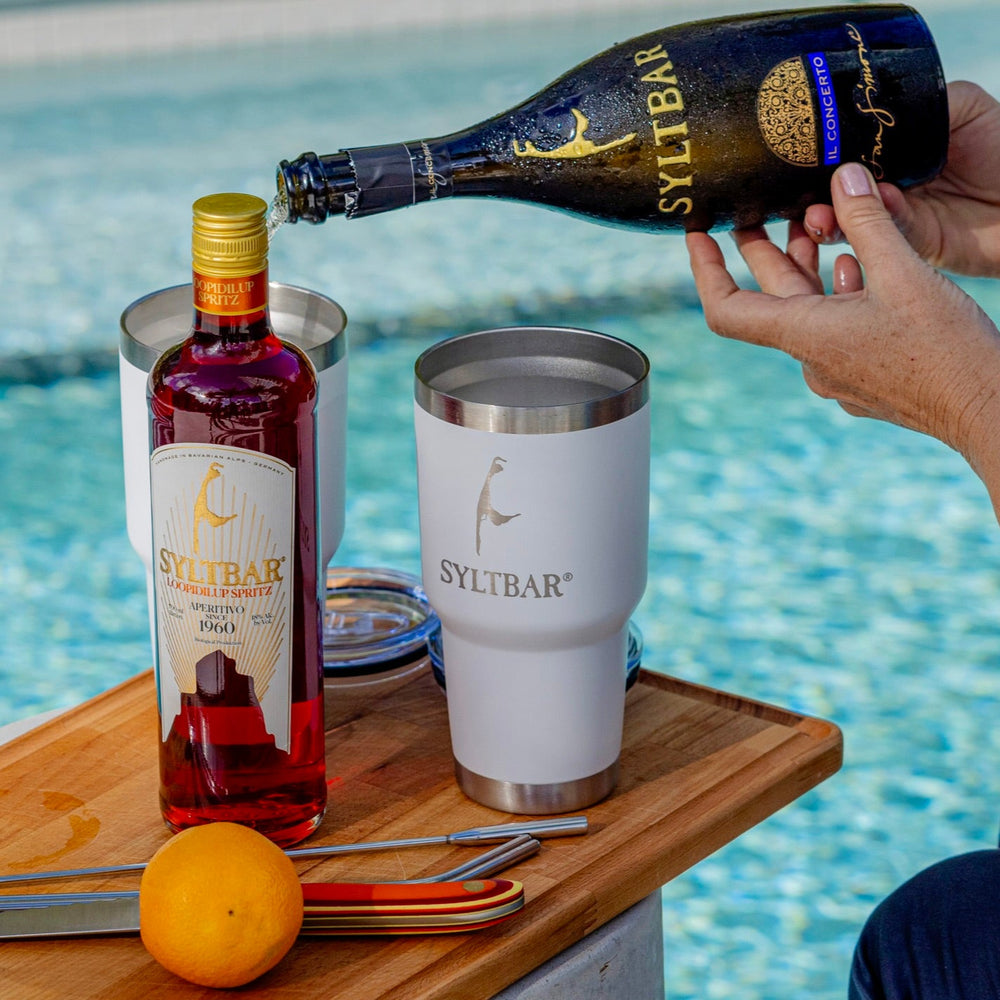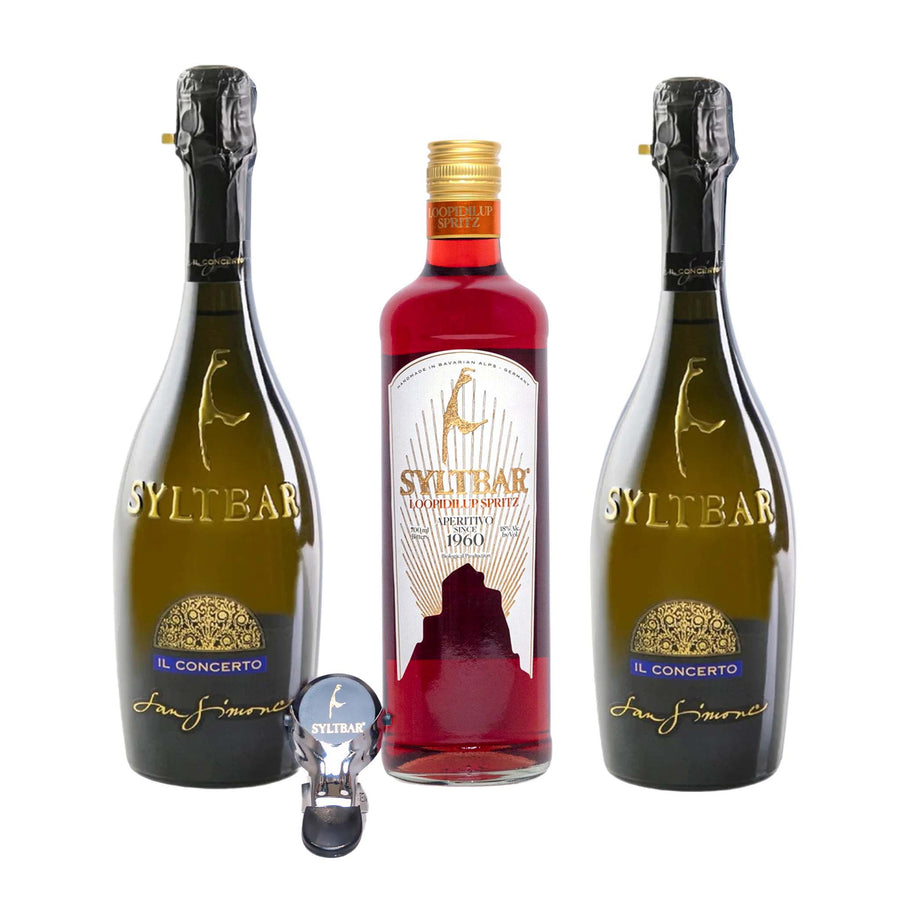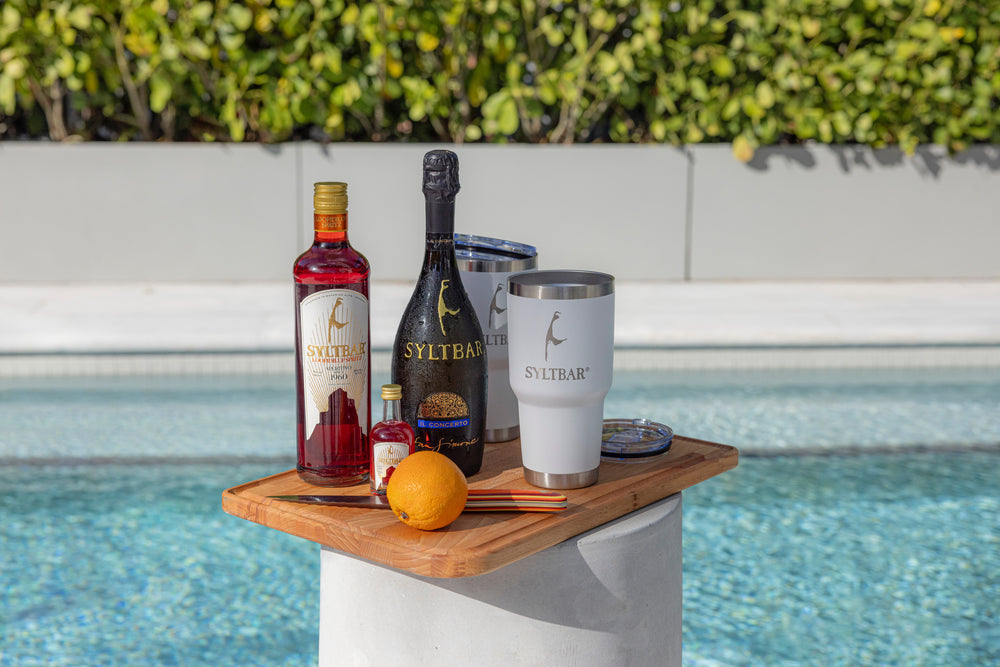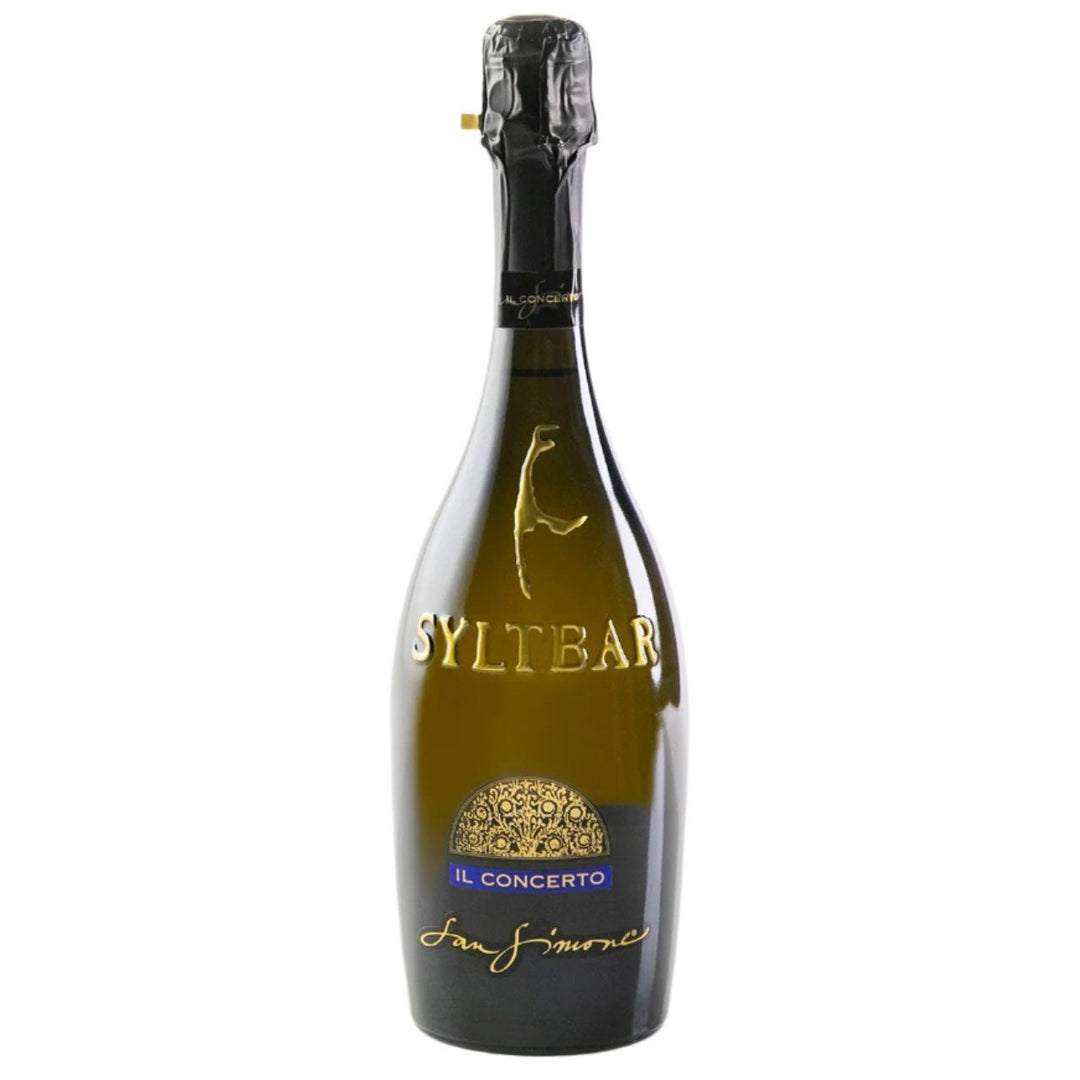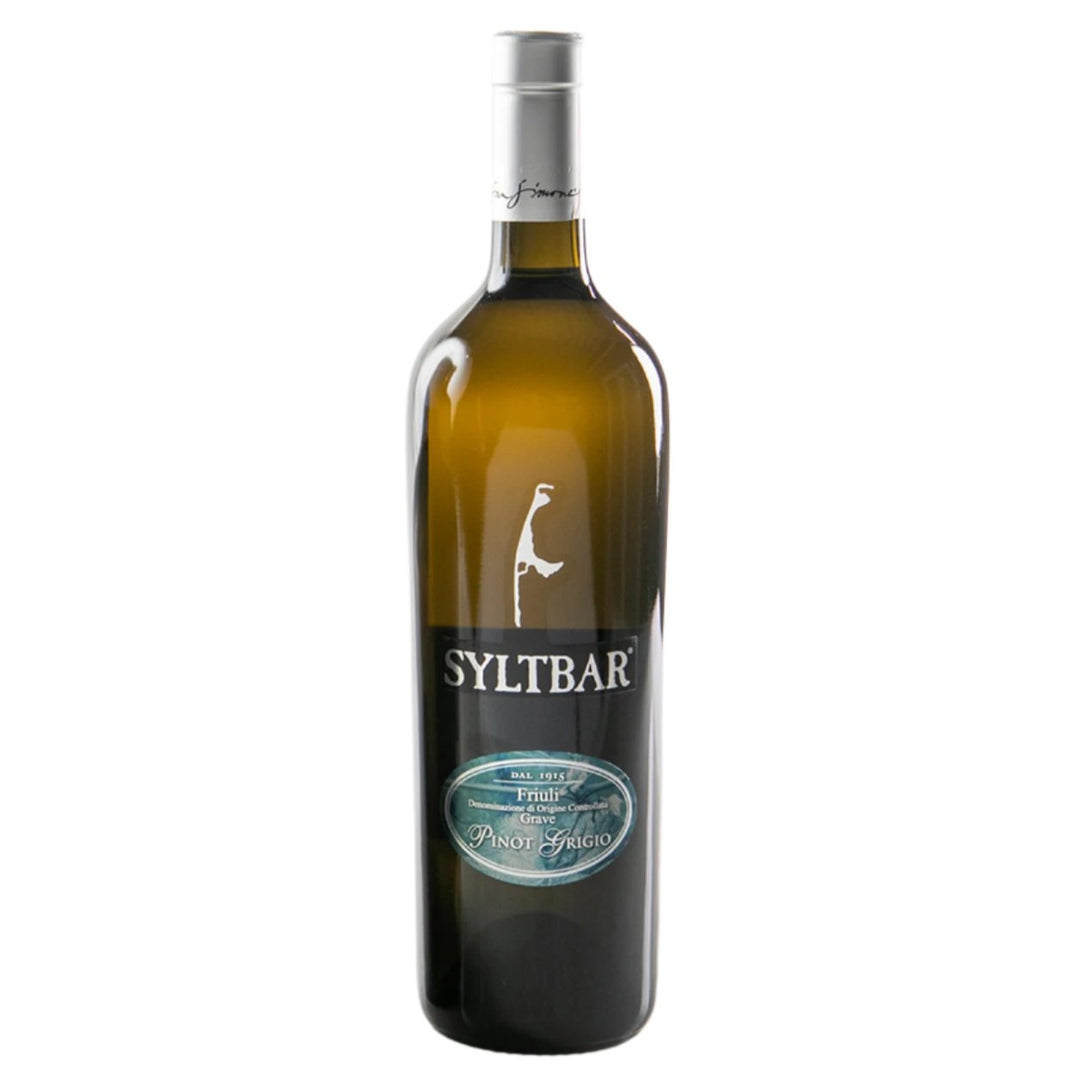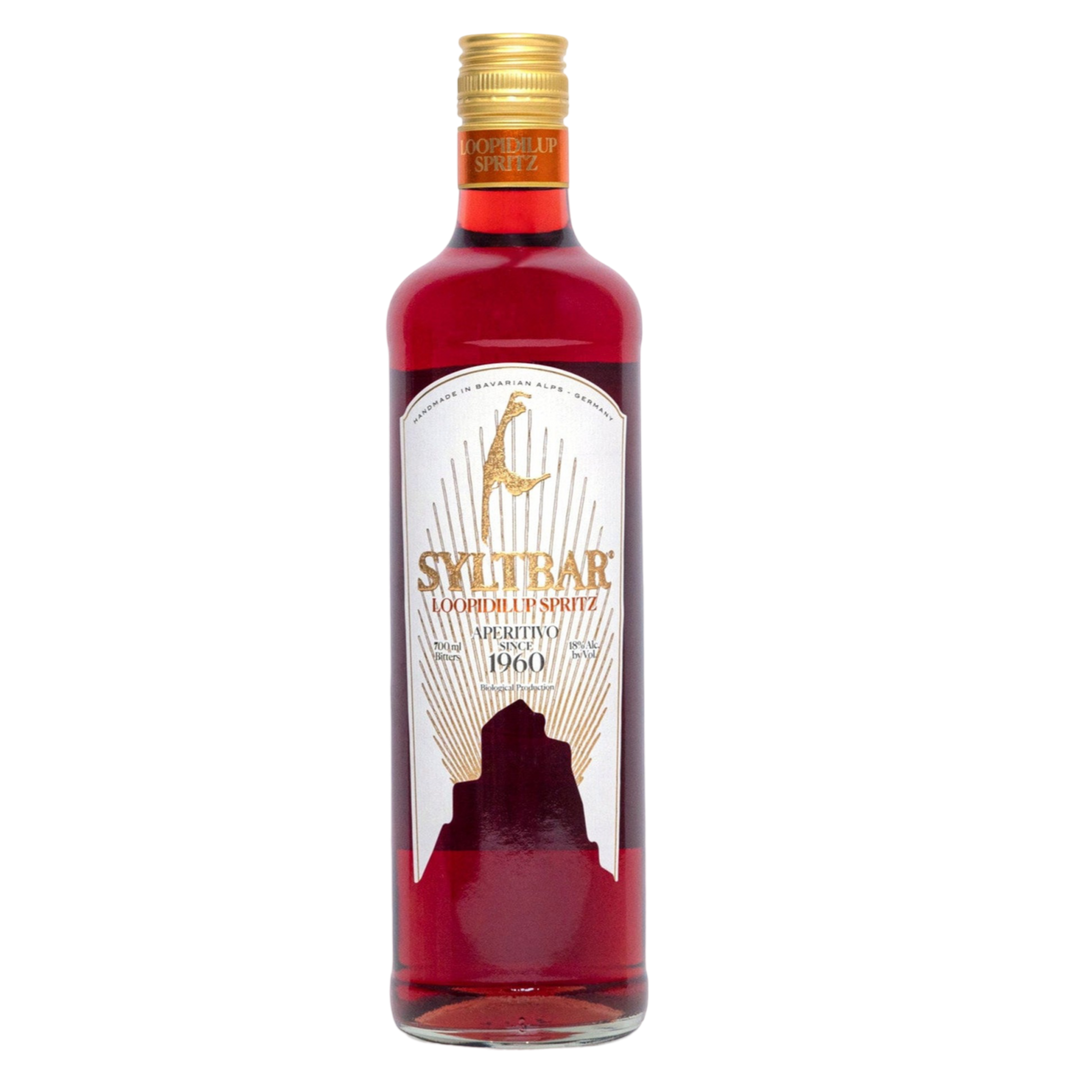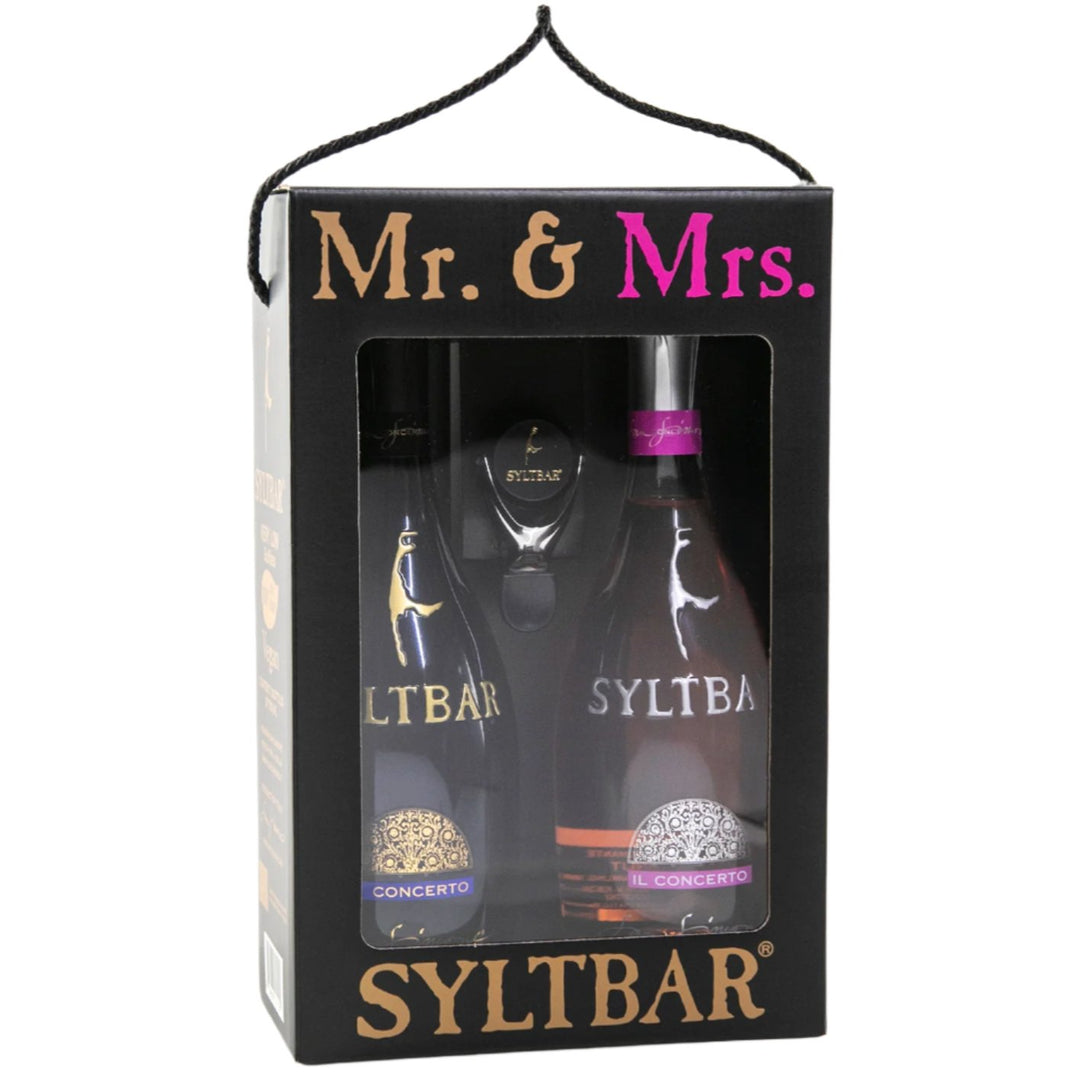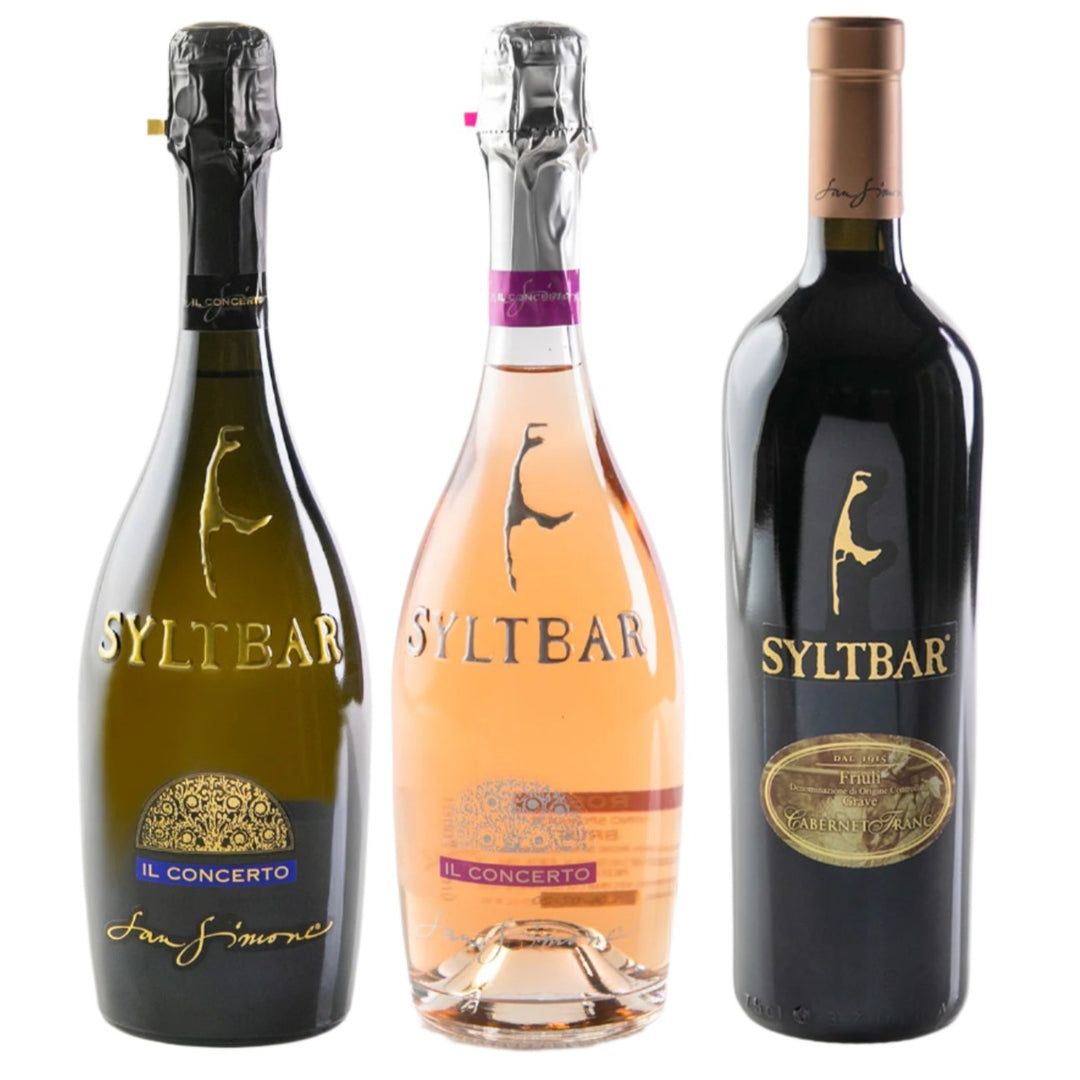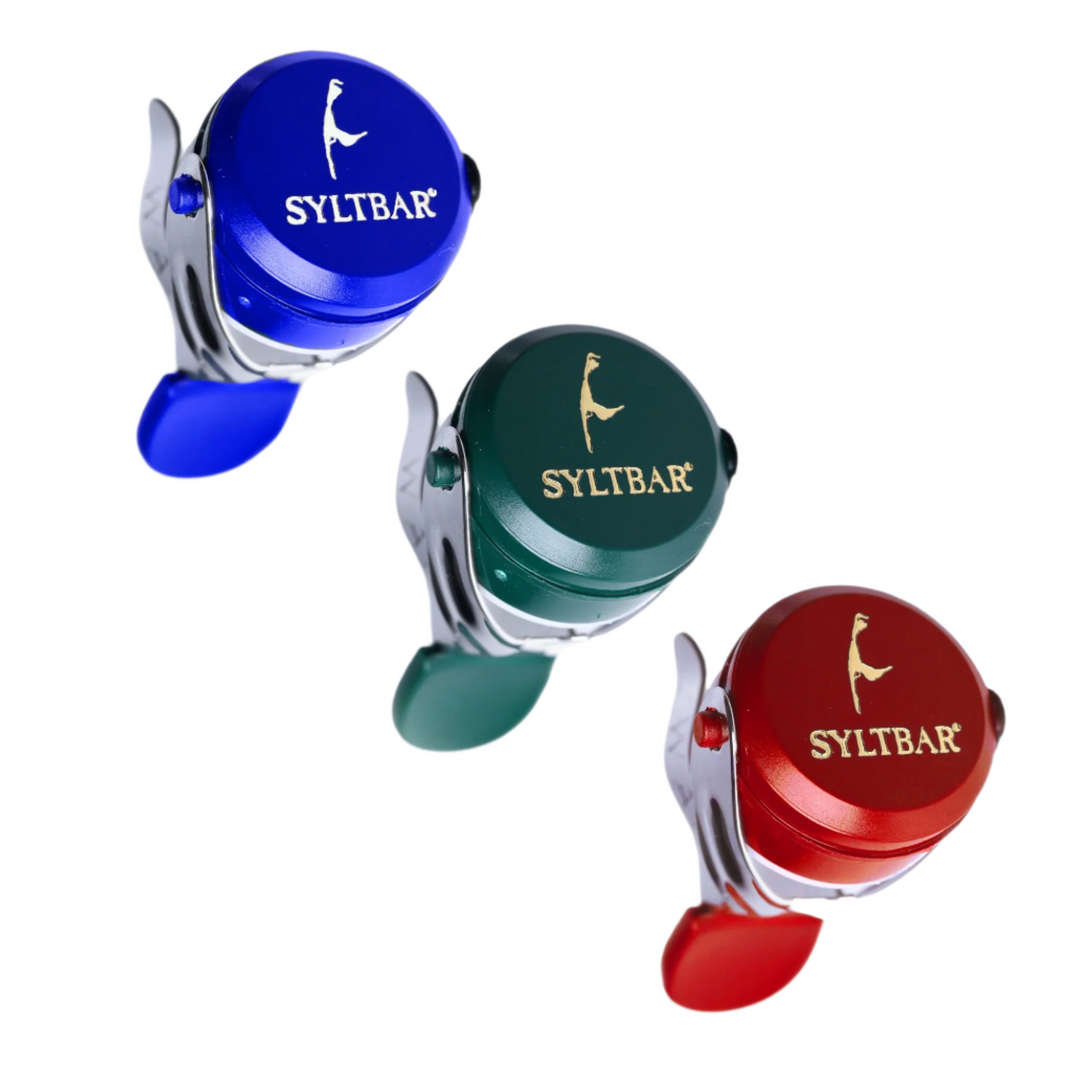Which Wines Are Low in Sugar?
Sugar, in moderation, is not all that bad. There is natural sugar in many things that are part of a healthy diet, i.e., fructose and glucose in fruit, and lactose in dairy. So, why does the sweet stuff get such a bad rep? Because we are constantly surrounded by processed food and beverages, most of which have tons of added sugar — not the natural stuff!
According to the U.S. Department of Health and Human Services 2015-2020 Dietary Guidelines, less than 10 percent of calories consumed per day should come from added sugar. To put that in perspective, that’s only about 50 grams if you consume 2,000 calories in a day. I bet if many of you looked in your refrigerator or pantry right now, and checked out the nutrition labels on the packages, you will see quite a few that list ‘added sugars.’ Head to your local grocery store and walk down the aisles looking at all the nutrition labels, and you will be shocked to see the amount of added sugar there is in many popular foods and drinks that are consumed on a regular basis.
Now, it is okay to treat yourself every once in a while! Like we said, when sugar is enjoyed moderately, it’s not going to hurt. But there are many health problems that can arise if someone gives in to their sweet cravings a bit too much. The number one concern is that too much sugar can cause weight gain. This is most likely attributed to the fact that highly processed foods and beverages with added sugars don’t satiate, so you won’t be completely full and will continue to eat more. Too much sugar can also cause acne, depression, decreased energy, tooth decay, gout, fatty liver, and can speed up signs of skin aging.
According to Good Housekeeping, sugary foods that “don't have a ton of nutrients like healthy fats and protein, there is not a lot that can slow your glucose levels from spiking in your bloodstream. High blood sugar can do some serious damage to your blood vessels, which carry fuel and oxygen to all of your organs, so your pancreas then quickly pumps out insulin to get everything back down to normal. This sudden crash can cause you to feel a bit tired and cranky. [...] But if this becomes a vicious cycle, your body may lose its ability to effectively use insulin and it may develop chronic inflammation (among other issues). This is why consistently consuming excess added sugar can lead to heart disease, diabetes, lifestyle-related cancers, and even cognitive decline.”
Sugar has become a hot topic, especially now with Keto being a popular way of eating and all of the natural sweeteners that have been released in the market, like stevia and monk fruit, as well as ingredients like erythritol and allulose. Many people are becoming all-consumed with how much sugar they eat, and more importantly, drink. Which leads us to the question we know you are all wondering right now…
How Much Sugar is in Wine?
As we all know, wine is made from grapes — and yes, grapes have sugar. So yes, wine has sugar, but it’s naturally occurring. During the fermentation process, most of that sugar turns into alcohol, and what remains is known as “residual sugar.”
Wine Spectator tells us that a general rule of thumb to follow when determining how much residual sugar is in a wine is to consider how dry or sweet it tastes and look out for certain buzz words. Dry wine will typically have less than 10 grams of sugar per liter, and sweet wine will most likely have more than 30 grams per liter. When it comes to sparkling wines, extra brut and brut are the driest, while demi-sec and doux are the sweetest. A standard 5-ounce pour of a dry table wine will average about 1 to 2 grams of residual sugar, while a 3.5 ounce pour of a sweet dessert wine will average around 8 grams.
Now that you understand how much natural, residual sugar is in wine, let’s talk about those added sugars — the sugar we don’t want in our glass of vino! Remember when we mentioned how sugar turns into alcohol during the fermentation process? Well, some wine producers choose not to pursue a long fermentation process as a way to save time and/or money. Therefore, the wine won’t have enough time to develop its flavor or achieve the desired alcohol content on its own. Instead, sugars and/or syrups, like a grape concentrate, are added to the wine either before or during the fermentation process to enhance the sweetness and raise the alcohol level. Instead of what could be a wine with pretty low residual sugar content, you’re met with a wine that has been doctored during the wine-making process, and you now have much more sugar in your glass of wine that you might think.
Where to find Low-Sugar Wine
SYLTBAR Premium Prosecco and Sparkling Rosé are known for containing far less sugar than other sparkling varieties. This is because our wine producers do allow time for that long fermentation process to occur. Our sparkling wines go through a four-month long double fermentation, which allows the grapes to fully develop. We use 100% Glera grape for our Prosecco, and 100% Merlot grape for our Sparkling Rosé. The Diabetes Research Institute at University of Miami conducted a study of our sparkling wines, and found that the glucose, fructose, and sucrose levels in our Prosecco and Sparkling Rosé, as well as the total sugar overall, are considerably lower than other brands. You can see which wines are low in sugar on our website. It’s pretty remarkable to see the difference in sugar content between SYLTBAR and popular brands such as Moet & Chandon and Ruffino!
Because there is such a low sugar content, that means the calories are lower too! A 6-ounce glass of our Prosecco is only 49 calories, and the Sparkling Rosé is only 63 calories! Low in sugar, low in calories, and because we only produce in the most natural way possible, there are also no added sulfites or chemicals!
SYLTBAR fine wines are low in sugar as well, due to their even longer fermentation process, and of course, being produced 100% naturally. We offer a red wine, Cabernet Franc, made from 100%Carmènre Grape, and three kinds of white wine: Friulano, made from 100% Friulano Grape, Pinot Grigio, and Pinot Grigio Ramato, both made from 100% Pinot Grigio Grape.
So, while sugar might not be your friend...SYLTBAR is! When you drink SYLTBAR wine, you never have to wonder if you are drinking extra sugar and calories. Cheers to that! Shop now to get no-added sugar wines delivered straight to your door.
Explore more
Share this
Featured product
Featured product
It is time for SYLTBAR order now!
Join SYLTBAR mailing list
Sign up to receive delightful emails with deals, tips & more
or text CONNECT to 1-833 461-3379
MIGHT TAKE UP TO A MINUTE TO RECEIVE CODE TEXT! By texting CONNECT to us, you consent to receive marketing text messages through an automatic telephone dialing system at the number provided. Consent is not a condition to purchase. Text STOP to unsubscribe or HELP for help. Msg and data rates may apply. Read our privacy policy
SYLTBAR
Shop

*Total calories based on glucose and not by scientific testing. This statement has not been evaluated by the Food and Drug Administration. This product is not intended to diagnose, treat, cure, or prevent any disease.
